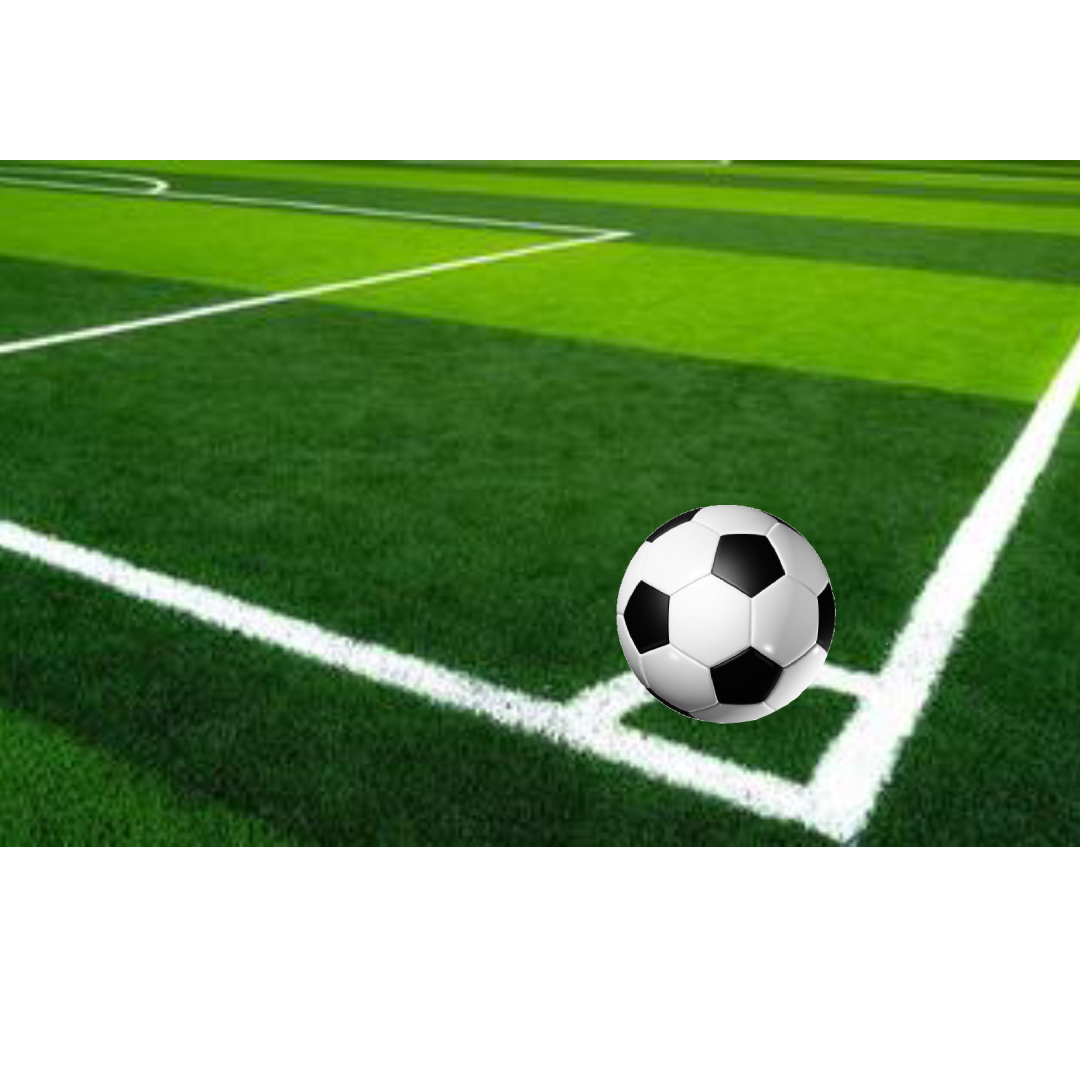The football field grass, a sacred space for athletes and fans alike, has undergone a remarkable transformation over the years. From humble beginnings to state-of-the-art facilities, the evolution of football fields has revolutionized the sport, enhancing player performance, safety, and the overall fan experience. In this article, we’ll delve into the history of football fields, exploring the innovations and advancements that have transformed the game.

Early Days: Natural Football Field Grass And Dirt
In the early days of football, fields were often nothing more than open spaces with natural grass and dirt. Players endured uneven terrain, muddy conditions, and limited playing surfaces. The introduction of rectangular fields with H-shaped goalposts marked a significant milestone, standardizing the playing area. However, the natural grass and dirt surfaces remained a challenge, leading to injuries and maintenance issues.
The Advent of Artificial Turf
The 1960s saw the introduction of artificial turf, a game-changer in football field grass history. AstroTurf, the first synthetic surface, provided a consistent and durable playing area, reducing maintenance costs and injuries. Artificial turf quickly gained popularity, becoming the norm in many stadiums. However, concerns about player safety and the surface’s high-impact nature led to further innovations.
Advancements in Natural Grass
In response to concerns about artificial turf, natural grass fields underwent significant improvements. Advanced irrigation systems, soil science, and turf management techniques enabled the growth of lush, even, and resilient grass. Hybrid grasses, like Bermuda and Kentucky bluegrass, were developed to withstand heavy use and harsh weather conditions. Natural grass fields became the preferred choice for many top-tier teams, offering a safer and more authentic playing experience.
Modern Marvels: Hybrid and Synthetic Surfaces
The 21st century has seen the rise of hybrid and synthetic surfaces, combining the benefits of natural grass and artificial turf. Hybrid fields feature a mix of natural and synthetic fibers, offering enhanced durability and playability. Synthetic surfaces have also evolved, with newer generations providing improved shock absorption, traction, and player safety. These modern surfaces have become the standard in many professional stadiums, ensuring a high-quality playing experience.
Technology Integration
Technology has significantly impacted football field design and maintenance. Advanced drainage systems, like those using geotextiles and permeable materials, efficiently manage water and reduce soil erosion. LED lighting and grow lights enhance grass growth and color, while sensors and monitoring systems optimize field conditions. Data analysis and player tracking technology have also improved player safety and performance.
Sustainability and Environmental Impact
As environmental concerns grow, football fields are adapting to reduce their ecological footprint. Many stadiums now incorporate eco-friendly materials, energy-efficient systems, and sustainable maintenance practices. Natural grass fields are being designed with native plant species, reducing water consumption and supporting local biodiversity.
Conclusion
The evolution of football fields has transformed the sport, prioritizing player safety, performance, and fan experience. From humble beginnings to state-of-the-art facilities, innovations in natural grass, artificial turf, and hybrid surfaces have revolutionized the game. As technology continues to advance and sustainability becomes a growing concern, football fields will continue to adapt, shaping the future of the sport.








